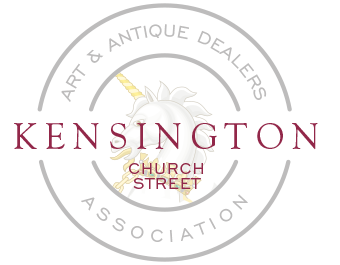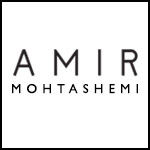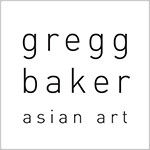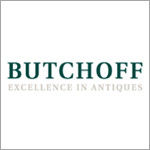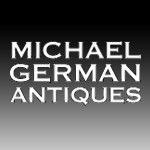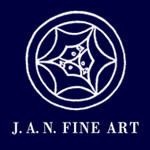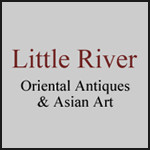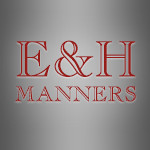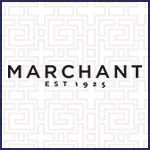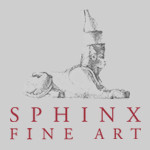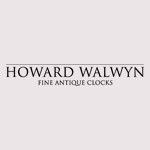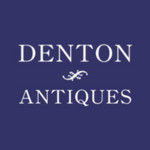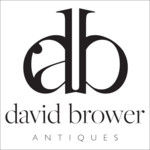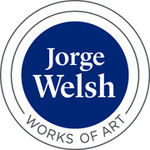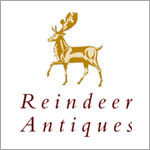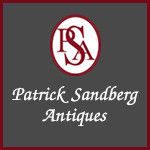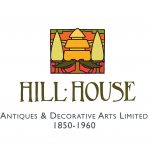Kensington Church Street Art & Antique Dealers Association
Buy With Confidence
Spread along the length of this world-renowned street for antiques, and scattered down its pretty side streets, are over 60 of the highest quality Antiques Dealers offering fine art and antiques from the Tang dynasty to the art deco movement.
Some of the world’s leading experts in their respective fields have chosen the Kensington Church Street Area as their base. Most of the dealers are members of the two main British trade bodies, the “British Antique Dealers Association” (BADA) and the “The Association of Art & Antique Dealers” (LAPADA). In fact Kensington Church Street has the highest concentration of BADA members of any area in the country. The main aim of all these associations is to establish and maintain confidence between their members and the public, both in buying and selling. They provide safeguards for those who deal with the members and so buying from a BADA or LAPADA member means that any purchaser can be sure of an item’s authenticity and quality.
Many of the dealers who exhibit at prestigious antique fairs like the world respected Masterpiece London, Olympia, Maastricht and New York Armory have their showrooms here. Even if you have missed any of these fairs, you must visit the street – with over 60 dealers offering a vast range, it’s like an antique fair that’s open all year round. Exhibits include Japanese and Chinese Ceramics & Oriental Works of Art, European Porcelain and Pottery, English and Continental Furniture, Silver, 20th Century Decorative Arts, Indian & Islamic antiquities, Books, Mirrors and Clocks.
Historic Kensington Church Street
Kensington Church Street, of all the Kensington streets, represents best the history and royal status of the Borough of Kensington, from the days when it was a rest and recreation area for Roman soldiery to when its residents were neighbours to King William and Queen Mary, and later Diana, Princess of Wales. Originally a twisting lane joining the two Roman roads from Bath and Oxford to the City of London, it had by the 11th century become the main thoroughfare of Chenesitun, the old name for Kensington.
Following the Norman invasion of 1066, the Manor of Kensington was given to the De Vere family to reward them for their loyalty to William the Conqueror. Shortly afterwards the Manor was surveyed for the Domesday book, and consisted of eighteen farms and two hundred and forty inhabitants, living near the site of the church and manor of St Mary Abbots. Today, Sir George Gilbert Scott’s Victorian masterpiece, still called St Mary Abbots Church, stands here, greeting visitors to this famous street.
